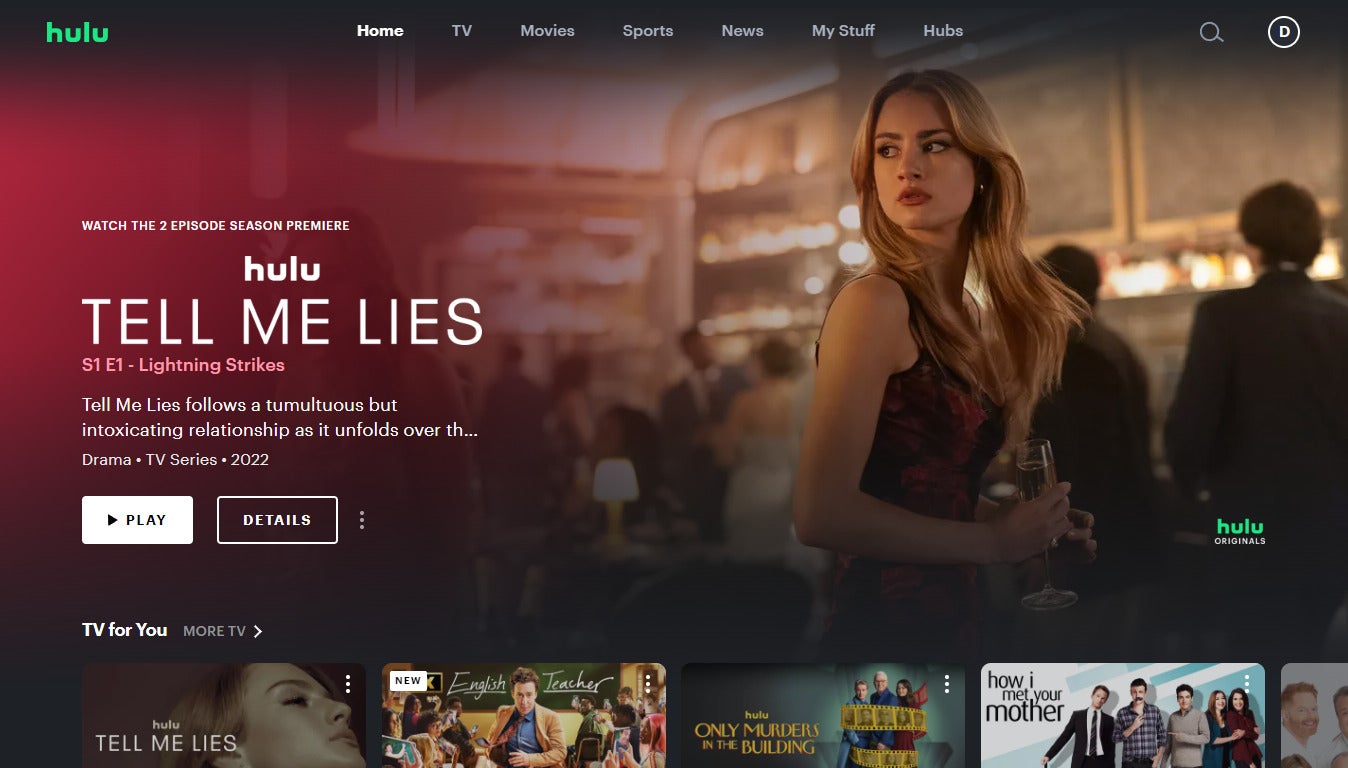Hacked Data Shows How Valuable Hulu is as Disney and Comcast Spar Over Price
Hacked Data Shows How Valuable Hulu is as Disney and Comcast Spar Over Price
Disney+ accounts for 43% of the direct-to-consumer revenue generated by Disney, showing that Hulu accounts for a large piece of that pie.

Has anyone checked in on Bob Iger recently? The CEO is facing a myriad of pressures from seemingly all sides. The joint venture sports streaming service he wants to launch is currently being blocked by an injunction, and he’s mired in a nasty carriage fight with DIRECTV. All of that would be bad enough without having to worry about hackers making off with proprietary company information. According to The Wall Street Journal, that’s exactly what happened earlier this year. As a result of the data leak, the Journal acquired data that broke down Disney’s streaming revenue at a much more granular level than the company reveals in its quarterly earnings reports, and the numbers show how important Hulu is to Disney’s financial picture from a streaming perspective.
Key Details:
- Disney+ generated $2.4 billion in revenue for Disney during the March 2024 quarter.
- That represents just 43% of Disney’s overall direct-to-consumer revenue.
- Comcast and Disney are still locked in a disagreement over Hulu’s final valuation.
A hacker using the alias Nullbulge uploaded the data swiped from Disney onto the internet in July. It includes personally identifiable data about some Disney staff members and customers, as well as over 18,000 spreadsheets and 13,000 PDF files.
Among the information is a zoomed-in look at Disney’s streaming revenue. Disney routinely reveals some data from its streaming services every three months in its quarterly earnings reports, but those numbers don’t tell the whole story. The company does not, for example, show how much revenue its services Disney+, Hulu, and ESPN+ bring in individually, but the Journal reports that the leaked data does give further insight in that regard.
The stolen information shows that Disney+ pulled in $2.4 billion in revenue in its fiscal quarter ending in March 2024. That accounts for 43% of Disney’s direct-to-consumer revenue, suggesting that Hulu accounts for a large portion of the outstanding total. Disney+ ended that quarter with 153.6 million subscribers, while Hulu had 50.2 million and ESPN+ carried 24.8 million.
Data released by Disney in its quarterly earnings report showed that Hulu had an average revenue per customer (ARPU) of $11.84 in Q1, as opposed to $8 for Disney+. That helps to explain the seemingly outsized revenue footprint that Hulu leaves, especially when factoring in Hulu + Live TV and its $95.01 ARPU during that quarter.
What’s It Worth To You?

The reveal that Hulu generates a significant portion of Disney’s streaming revenue comes at a time when Disney is still grappling with Comcast over the latter company’s 33% stake in the streamer. Disney is still trying to finalize its purchase of that 33% of Hulu, as mandated by a contract signed in 2019 when the House of Mouse acquired Fox’s stake in the service.
Disney has already forked over an $8.6 billion check for Comcast’s share, but a complex process involving outside investment banks has unfolded since to determine the final sale price. Throughout the proceedings, Comcast has maintained that its stake in Hulu is worth more than $8.6 billion, and each side enlisted an independent bank to give the company a valuation. Those valuations were quite far apart, and now a third bank is trying to see which of the two appraisals was more accurate.
Disney could end up owing Comcast as much as $5 billion more to bring Comcast’s portion of the streamer into the fold, which would be a bitter pill to swallow. However, as the data presented by the Journal shows, Disney is relying on Hulu to continue making up a large part of its overall streaming revenues as it transitions away from linear video in the coming years.
Hulu
Hulu is a video streaming service that gives access to thousands of full seasons of exclusive series, hit movies, kids shows, and Hulu Originals like “Only Murders in the Building,” and “The Handmaid’s Tale.”

